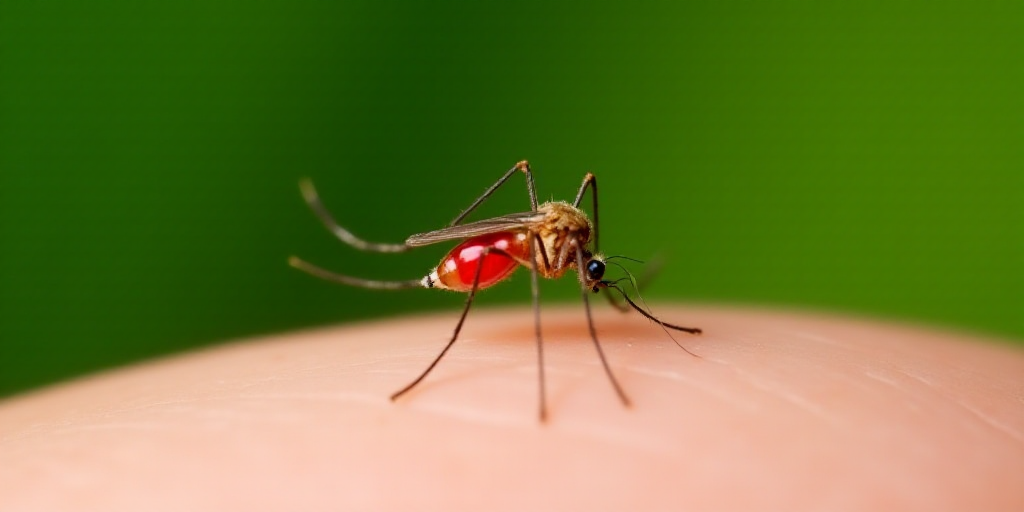Climate Change Fuels Increase in Mosquito-Transmitted Diseases
The European Centre for Disease Prevention and Control (ECDC) has reported a record number of mosquito-borne disease outbreaks in Europe this year, attributing the surge to climate change.
Factors Driving the Increase
According to the ECDC, rising temperatures, longer summers, milder winters, and altered rainfall patterns have collectively created a conducive environment for mosquitoes to thrive. This has led to more prolonged, widespread, and intense transmission of mosquito-borne diseases.
Pamela Rendi Wagner’s Statement
Pamela Rendi Wagner, the director of ECDC, stated that Europe is entering a new phase where “longer, more widespread, and more intense transmission of mosquito-borne diseases is becoming the new normal.”
Aedes albopictus Mosquito Expansion
The Aedes albopictus mosquito, capable of transmitting the chikungunya virus, is now established in 16 European countries and 369 regions. This represents a significant increase from just 114 regions a decade ago.
Record-Breaking Outbreaks
- Europe has recorded 27 chikungunya outbreaks in 2025, a new high for the continent.
- For the first time, an autochthonous case of chikungunya was reported in the Alsace region of France, highlighting the northward expansion of transmission risk.
- As of August 13, eight European countries reported 335 cases of West Nile virus infections and 19 deaths, with Italy being the most affected country with 274 infections.
Recommendations for Protection
The ECDC advises individuals in affected areas to protect themselves from mosquito bites by using repellents, wearing long-sleeved shirts and pants, and installing mosquito nets on windows and beds.






